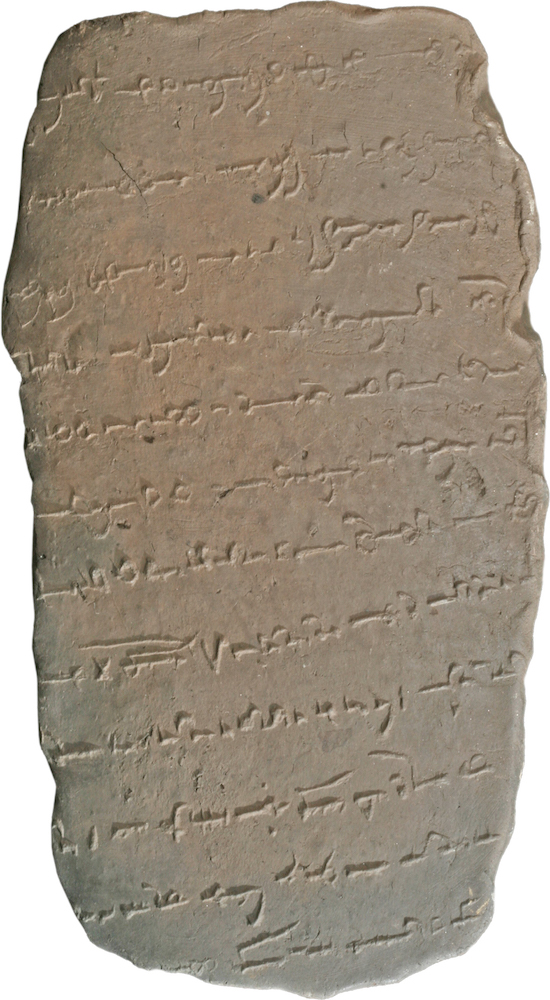Disfluency stylings: On beyond hesitation
Some things that "everybody knows" are refuted repeatedly by the experience of everyday life. A notably example is the function of "filled pauses", whose American English versions are conventionally written "um" and "uh".
Dictionaries all say that these are are expressions of hesitation, doubt, uncertainty; ways to fill time or hold the floor. The OED glosses uh as "Expressing hesitation", and um as "Used to indicate hesitation or doubt in replying to another". Wiktionary glosses uh as "Expression of thought, confusion, or uncertainty", or "Space filler or pause during conversation", and um as "Expression of hesitation, uncertainty or space filler in conversation". Merriam-Webster glosses uh as "used to express hesitation", and um as "used to indicate hesitation". Collins glosses uh as "used when hesitating in speaking, as while searching for a word or collecting one's thoughts", and um as "used in writing to represent a sound that people make when they are hesitating, usually while deciding what they want to say next".
So what are we to make of this, the opening phrase of an hour-long video interview?
| uh thanks for tuning in today |
Read the rest of this entry »



